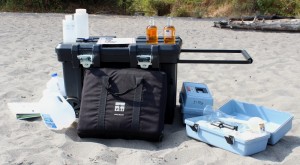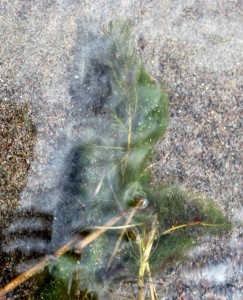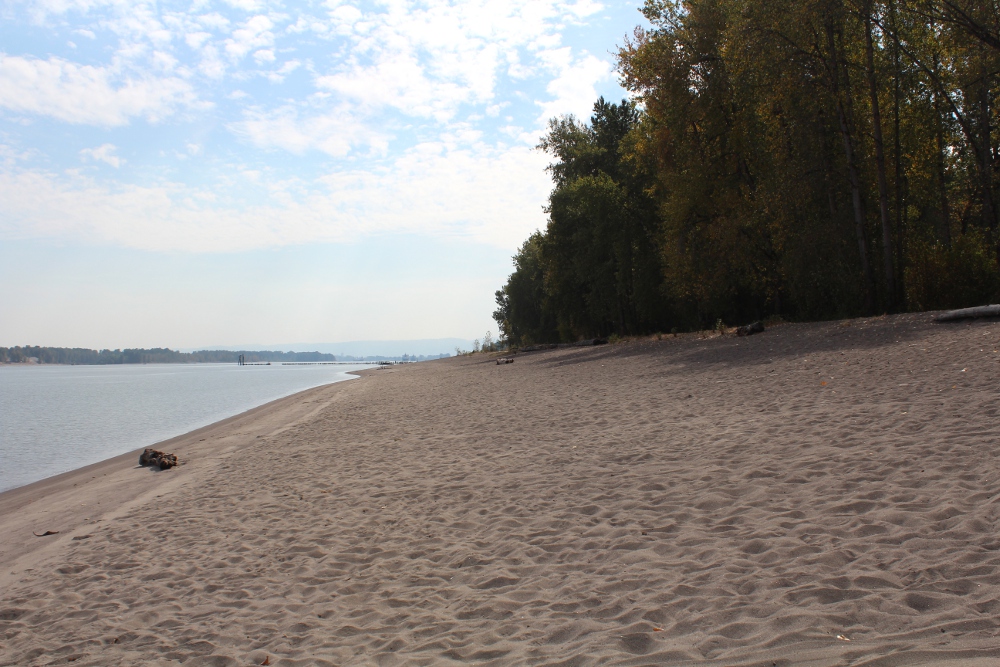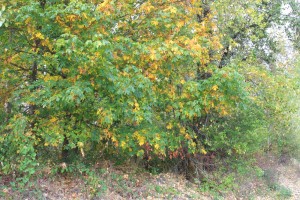I have wild love affairs with much of nature these days. I deeply adore the way that water careens down from clouds in the sky, finds the easiest route to the nearest rivulet or storm sewer, and appreciate its brief layover in the pipes and spouts and drains of my home. I caress stones and soil with the reverence of a penitent clutching a holy relic promising salvation. I share intimate breaths with stomata, and I pull leaves and flesh and fruiting bodies into the literal core of my physical form.
These daily sacraments are a source and focus of my wonder and awe at this world I love. But my first love will always be the animals. They were the ones to first escort me into the broader world beyond humans cares and parameters, making me a fan of what we generally call “nature”. And while I marvel at the ways and processes of plants and fungi, stones and water and weather, inside I’m still that seven year old who ran around rattling off the latest facts about animals I’d discovered amid blades of grass and pages of books.
So I think perhaps I take it a little more personally than I might when someone writes off an entire species, genus, even family of animals with a few words. Twice recently on Tumblr I found myself defending the honor of maligned or ignored species, once when rabbits were declared “useless” simply because they sometimes fall prey to predators smaller than they, and once to bring the lowly maggot out from under the shadow of the often-romanticized wolf. I consider the rabbit’s evolutionary path to swiftness and a strong kick to be quite admirable traits, and more than one wounded soldier down the years could thank maggots for their life-saving feasts upon necrotizing, infected flesh.
But should I? After all, these defenses of animals are still working toward a human bias–to see other animals as wondrous, worthy beings who deserve a place on this planet. In reviewing my responses in these posts, I see an effort to convince other people that animals are incredible beings (or, as my seven year old self would say, “really, really COOL!”). Ultimately, my efforts are an exercise in applying perceived value to creatures that, for the most part, don’t particularly care whether humans exist or not. (Domestic dogs would, for the most part, be a vocal exception to this, ferals notwithstanding.) Sure, it’s better than only valuing the animals that most benefit us, but even a positive bias is still a bias. Perhaps this wonder at animals is a selfish evaluation that only benefits me through making me feel better. In this moment I find myself considering whether it wouldn’t be better to try and simply accept that animals are here, without judgement in either direction, the deepest expression of “live and let live”. Not “wolves are vicious predators” or “crocodilians are amazing for having survived so many millions of years unchanged”, but instead “Frogs are. Deer are. Sponges are.” and so forth.
It’s an interesting thought experiment, to be sure, and worth trying if for no other reason than an increase in mindfulness. But, as in all things, the best response to a question is rarely the most extreme answer. One of the things I love about humanity is our ability to consider and evaluate and, yes, even judge ourselves and the world we live in. It’s part of how we make sense of it all. And like any tool, it can be used for harm or for benefit. We’ve spent centuries deciding that certain species aren’t useful enough to us to be preserved, and have even systematically eradicated some just because we don’t want them around. My effort, conversely, is to find what makes each species unique, to determine what solutions it evolved to answer the same basic life-challenges we all must overcome to survive, and, most importantly, to experience wonder and awe at these things.
It turns out that those wondrous experiences aren’t just for my own benefit, either. To be sure, the positive psychological effects that I get from them are considerable, and mean a great deal to me personally. But they also perpetually renew my sense of responsibility toward the world and its inhabitants, a responsibility that I then act on to the best of my ability. So what starts internally, with my thoughts and feelings, moves outside of me through my actions. Such is the way of things.
And as social creatures, we’re able to influence the thoughts, feelings and behaviors of others. Certainly there’s the crucial element of free will and the fact that people respond uniquely to different methods of persuasion (which brings up adages about flies and vinegar and honey). But both through empirical evidence and personal experience I think that modeling (human see, human do!) is one of the best ways to propagate positive and constructive thoughts and actions. Which means that my habit of extolling the virtues of my fellow inhabitants of Earth, human and otherwise, can be beneficial to everyone involved!
See, whenever I talk about how awesome it is that clownfish can live in the tentacles of a sea anemone and not get stung, or that plants turn sunlight into food through photosynthesis, I almost always get good comments as a result. Often it’s people who already knew those things agreeing that yes, these are really, really neat things and aren’t we glad we know them? But there are also occasions where someone gets to learn something new, not only making them happier, but also fueling that same feeling of connection with and responsibility toward the world around them. Because if you realize there are amazing things in the world, and then you find out that these amazing things are threatened with extinction, you just may be more motivated to protect them.
In a perfect world, perhaps, we wouldn’t need that personal touch to get people to be more environmentally aware; it would just be a given. But the reality is that too few people have that awareness and act upon it, and any constructive tool we can use to change things for the better, even if it has some self-centered components, is okay by me. If the proverbial donkey isn’t moving already, a carrot might be just the right solution.
Plus when it comes to my love affair with the world, I’m more than happy to share–the more, the merrier! So I’ll just keep right on “defending” the bunnies and grubs, the molds and bryophytes, erosion and uplift. If they can use it, so much the better, and even if not, I’ve made my own little world a little brighter.
Like this:
Like Loading...
 I do enjoy going out to test. I feel rather like a mad scientist, lugging a big chemistry set out onto the beach, pouring various substances into water samples that make them change color, carrying arcane instruments into the river itself. Sometimes people ask me what I’m doing, and it gives me a chance to do some outreach, but for the most part folks leave me to my devices–literally.
I do enjoy going out to test. I feel rather like a mad scientist, lugging a big chemistry set out onto the beach, pouring various substances into water samples that make them change color, carrying arcane instruments into the river itself. Sometimes people ask me what I’m doing, and it gives me a chance to do some outreach, but for the most part folks leave me to my devices–literally. Because so much of my time was spent with the water testing, and I had to get the equipment back on time, I didn’t get to explore the landscape as much as I would have liked. But I still took note of a few plants I hadn’t had a chance to identify before; with a little help from Facebook, I could now label them as Bermuda grass, cat’s ear, and European watermilfoil (probably), all three invasives. They went up on my list with Himalayan blackberry and Russian thistle as evidence of how disturbed the ecology here is. Still, the cottonwood and broadleaf maples dominated the forest, and the osoberry and snowberry managed to hold their ground underneath.
Because so much of my time was spent with the water testing, and I had to get the equipment back on time, I didn’t get to explore the landscape as much as I would have liked. But I still took note of a few plants I hadn’t had a chance to identify before; with a little help from Facebook, I could now label them as Bermuda grass, cat’s ear, and European watermilfoil (probably), all three invasives. They went up on my list with Himalayan blackberry and Russian thistle as evidence of how disturbed the ecology here is. Still, the cottonwood and broadleaf maples dominated the forest, and the osoberry and snowberry managed to hold their ground underneath.


